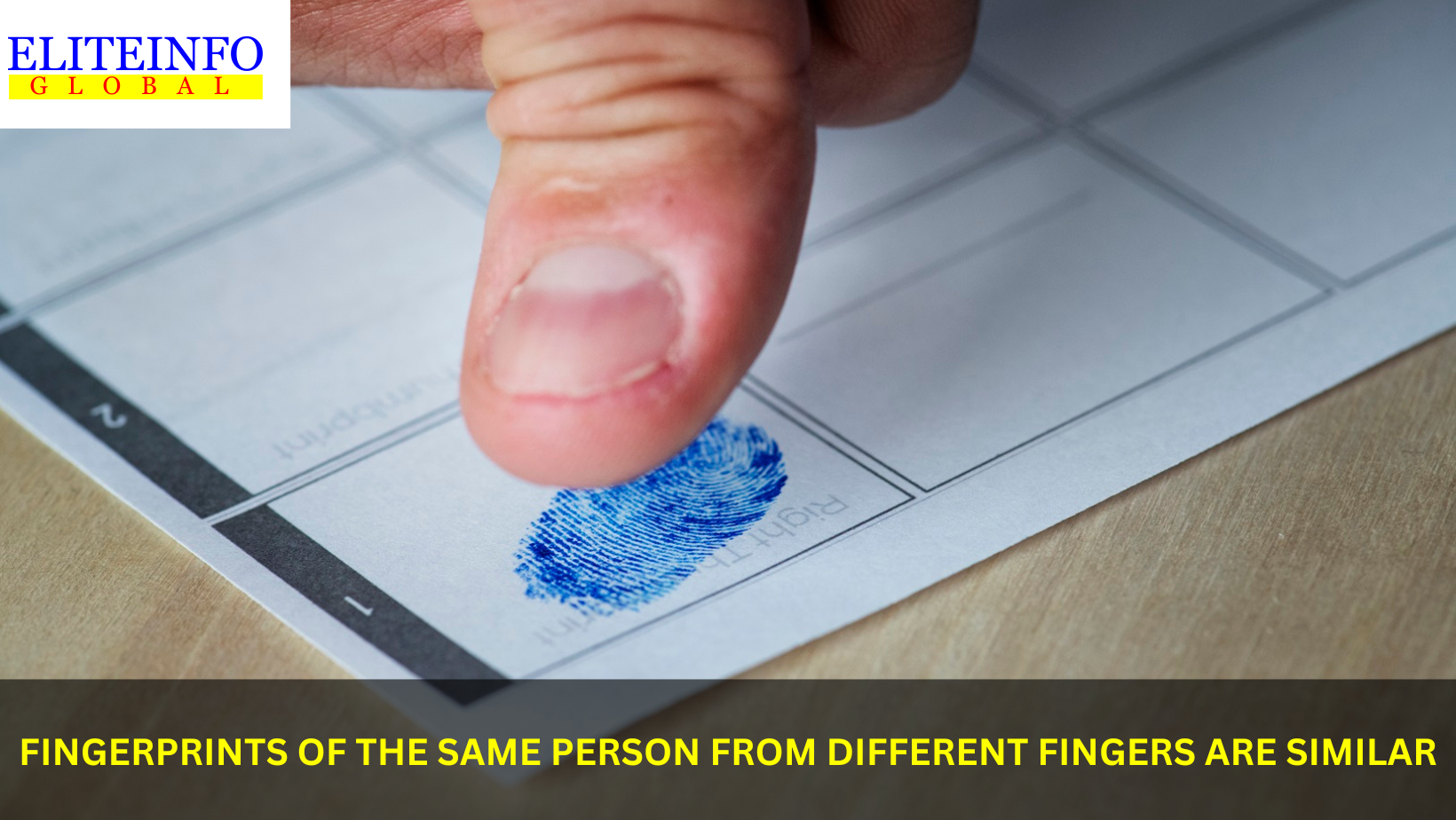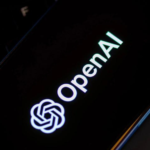Overview
The main focus of the blog is to discuss the latest groundbreaking discovery that not every fingerprint is unique, as revealed by an artificial intelligence (AI) system.
The blog will cover the study conducted by researchers from Columbia University, which challenges the long-held belief in forensics that fingerprints are entirely unique. The AI system, developed by an undergraduate student, was able to identify similarities in fingerprints from different fingers of the same person using a new kind of forensic marker.
The blog will also highlight the potential implications of this discovery for forensic investigations and the broader field of AI research. Using deep contrastive networks, the AI system has achieved an accuracy of 77% in determining whether a single pair of fingerprints belonged to the same person. The system can determine if fingerprints belong to a single individual with 75-90% accuracy, according to the researchers.

Introduction
In a latest study, Columbia Engineering undergraduate senior Gabe Guo and his team have developed an AI system that challenges the widely held belief in forensics that fingerprints from different fingers of the same person are unique. This discovery has the potential to greatly improve forensic accuracy and efficiency.
The AI System
Guo, who had no prior knowledge of forensics, found a public U.S. government database of some 60,000 fingerprints and arranged them in pairs into an artificial intelligence-based system known as a deep contrastive network. The system was designed by modifying a state-of-the-art framework. The accuracy for a single pair reached 77%, and when multiple pairs were presented, the accuracy reach significantly higher, potentially increasing current forensic efficiency by more than tenfold.
Rejection of Surprising Findings
The team’s findings were initially rejected by a well-established forensics journal, with the anonymous expert reviewer and editor concluding that “It is well known that every fingerprint is unique,” and therefore it would not be possible to detect similarities even if the fingerprints came from the same person. However, the team did not give up and continued to improve the AI system by feeding it more data.
Also read: Exploring the World of Deepfake AI: Uses, Limitations, Prevention and Legalities
A New Kind of Forensic Marker
After careful visualizations of the AI system’s decision process, the team concluded that the AI was using a new kind of forensic marker. The AI was not using ‘minutiae,’ which are the branching and endpoints in fingerprint ridges – the patterns used in traditional fingerprint comparison. Instead, it was using something else, related to the angles and curvatures of the swirls and loops in the center of the fingerprint.
Potential Biases and Future Work
The team is aware of potential biases in the data and plans to validate the AI’s performance using datasets with broader coverage if this technique is to be used in practice. They also note that their results are just the beginning and that the AI’s accuracy will likely improve when trained on millions of fingerprints instead of thousands.
Transformative Potential of AI in Forensics
According to Hod Lipson, James and Sally Scapa Professor of Innovation in the Department of Mechanical Engineering and co-director of the Makerspace Facility at Columbia Engineering, this discovery is an example of more surprising things to come from AI. Lipson believes that AI can provide insights that have surprised experts for decades and that non-experts like Guo can use AI to challenge widely held beliefs in established fields.

Conclusion:
This study is an example of the huge potential of AI. While people think that AI cannot really make new discoveries and just regurgitates knowledge, this research shows how it can provide insights into things that experts haven’t figured out for decades. The implications of this discovery for forensic investigations and the broader field of AI research are enormous.
In conclusion, this AI system has the potential to revolutionize forensic analysis by providing a new kind of forensic marker that can precisely capture fingerprints. While the system’s accuracy is not sufficient to officially decide a case, it can help prioritize leads in ambiguous situations. The team’s work demonstrates the transformative potential of AI in a well-established field and the need for broader datasets to validate their findings.
Also read: Artificial Intelligence (AI) in Everyday Life: Applications and Implications










